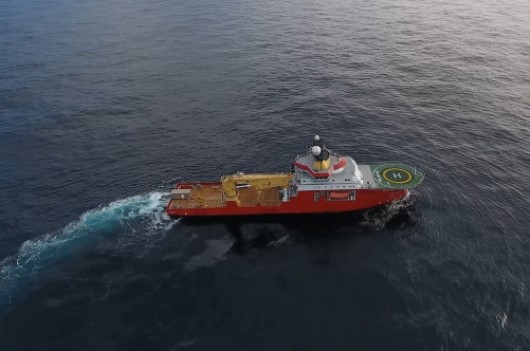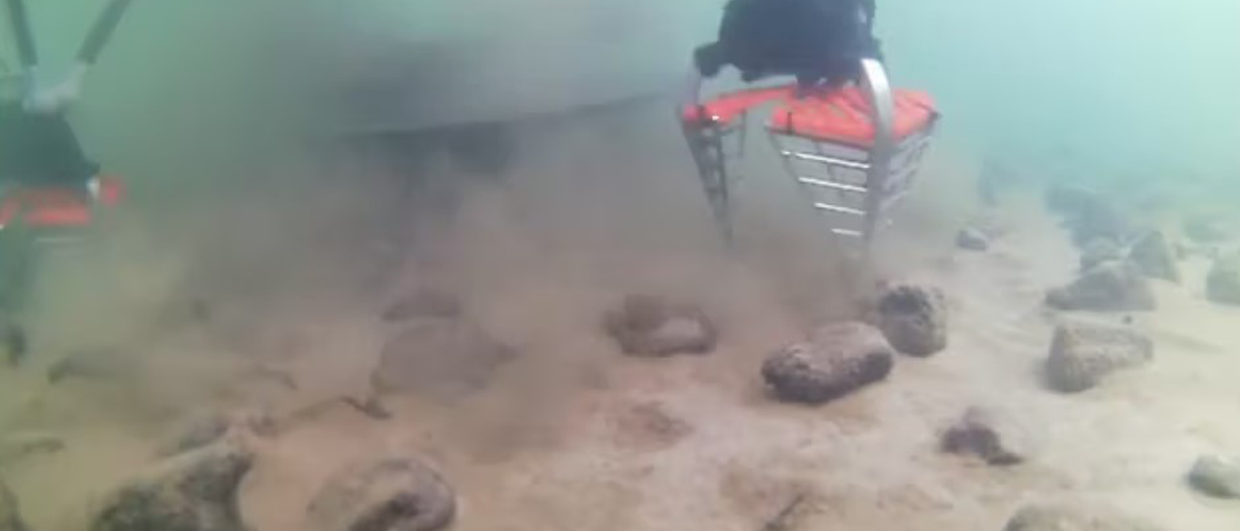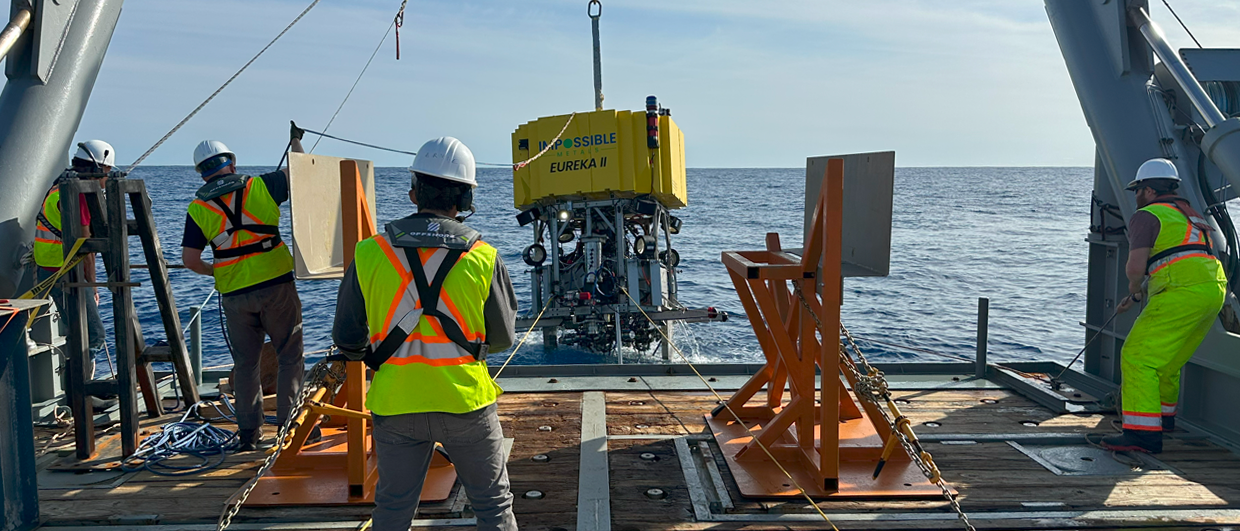The conclusion by the MarMine project is based on analysis of collected data and several hundred kilos of samples on the mid-ocean ridge. However, there is still considerable research work required to better understand these systems before commercial activities can possibly be started, the project management believes.
The MarMine project was established in 2015, and earlier this year a final seminar was held where the main findings from the project were presented. The project is a so-called competence-building project for the business community funded by the Research Council of Norway and the 14 industry partners that participated.
The project was led by NTNU, with NIVA and NGU as research partners.
During the NCS Exploration, Deep Sea Minerals conference in Bergen, October 20 and 21, Associate Professor Steinar Ellefmo from NTNU will give a presentation entitled «Quantifying the unknown».
Video about the project (6 min)
The aim of the project has been to look more closely at the technological potential for seabed minerals in Norwegian waters, primarily along the Mid-Atlantic ridge where large amounts of minerals are deposited from hydrothermal systems on the seabed.

The project had the following sub-goals:
- Identify and collect sample material. The project collected several hundred kilos of sample material, primarily from the locality Lokeslottet. The project carried out the first test drilling of seabed minerals in Norwegian waters. In addition, the project identified a new site, based on magnetometric measurements. The site was later confirmed by the Norwegian Petroleum Directorate visually and by sampling.
- Analysis of collected material and how this can be processed and utilized in the future. The sample material confirms a high content of minerals, primarily copper, but there is still a lot of work associated with processing and characterization of this type of resources in Norway.
- Description of how mining on the seabed can be carried out, with special focus on environmental considerations.
Positive conclusions
The project confirms previous studies that show a significant potential for marine mineral resources in Norwegian waters. However, nothing is said about the grades and volumes we can expect.
“The main conclusion must be that there is still considerable research required to better understand these systems before commercial activity can possibly be started, and the MarMine project is a good example of how research institutions and industrial companies can collaborate in the future to gain more knowledge about this.” writes the project management on MarMine’s own webpage.
INDUSTRIAL PARTNERS IN MARMINE:
Equinor, Fugro, NOY, Ecotone, Nordic Ocean Resources, SNSK, TechnipFMC, NAVAL Group, LNS, ScanMudring, DNV, GCE NODE, REACH SUBSEA





